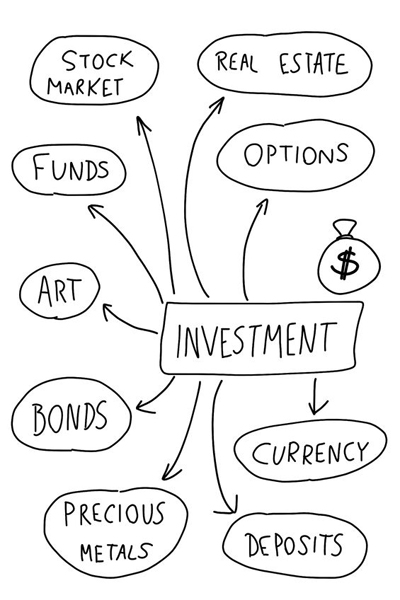Indexing 101
Q: What’s an index fund and what’s so good about it?
A: Index Funds are mutual funds or exchange traded funds (ETF’s) that provide broad stock market exposure with one purchase. They are also lower cost than actively managed mutual funds and because they have low turnover, are more tax efficient. An example of an index fund is the S&P 500 Index that represents about 75% of the market value of all U.S. companies. Stocks in the index fund are held regardless of market conditions and remain within the index for as long as they meet the index rules of construction.
Q: How are index funds managed?
A: Index funds are considered to be passively managed because the portfolio manager of each index fund is replicating the index (for example, the S&P 500 or the Wilshire 3000). The opposite of passively managed is an actively-managed fund, which has a portfolio manager who is buying and selling securities based on his/her opinion about which securities will accomplish the fund’s objectives.
Q: Why are index funds better?
A: In their attempt to “beat the market”, actively managed mutual funds take on more risk, have higher turnover, are subject to influxes of money in when performance is good and out of the fund when performance is down. Overall, actively managed funds have significantly higher costs. Index funds capture returns of the capital markets for a lower cost to you, the investor. We recommend that paying attention and lowering all of the costs you pay will enhance your net wealth.
Q: What about fees and returns?
A. Common sense and basic math says that if the entire stock market earns a 9% annual return over a given year, and the average dollar invested in the stock market incurs investment costs (such as brokerage commissions and mutual fund fees) of 1.5%, then the average dollar invested in the stock market over that year will have earned a net return of 7.5%. However, if one invested in an index fund that sought only to match the market’s return, while incurring minimal expenses of perhaps 0.2%, the return would have been 8.8%, and you would have come out ahead of most other investors. It’s a counter intuitive thought process whereby not attempting to outperform the market can actually come out above average. This holds true whether the market is having a good year or a bad year. John Bogle (the founder of Vanguard and the creator of the first mutual fund index fund for individuals) refers to this phenomenon as “The Relentless Rules of Humble Arithmetic.”
Q: What is valuation and why is it so important?
A. Valuation is the most essential step in intelligent investing and refers to the process of determining the worth of the investment based on specific fundamentals — and not just on a gut feeling or investor psychology (greed and fear – buying because others are buying or selling because others are selling). Of course we are all influenced by the media, by our friends, by the movement of the stock market. However, the best time to buy stocks is when they are cheap. And of course, that is the time when there are many “reasons” not to buy them. Depending on the valuations of the markets (which are different than the price) we allocate assets in a value-oriented manner. What does value-oriented mean? It means that when the price declines (or the market is “on sale”) we will stock up on stocks. (just as one would “stock up” on paper towels or laundry detergent when it goes on sale). It also means that if prices are high (like fresh blueberries in the winter in New England) we will either sell some of our position to someone who is willing to pay a higher price or we forgo buying them. This also means that as prices become more expensive relative to the underlying earnings of the companies that make up the index, we will lighten our position. And, if the prices decline we will be a buyer. We also believe that when markets decline to more attractive valuations – we increase our position of equities. By gradually reducing equity exposure at times of high valuations, we diminish the risk of losses in our portfolios and we gradually purchase investments when they return to more attractive valuations.

